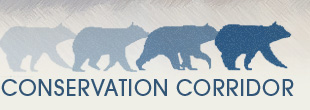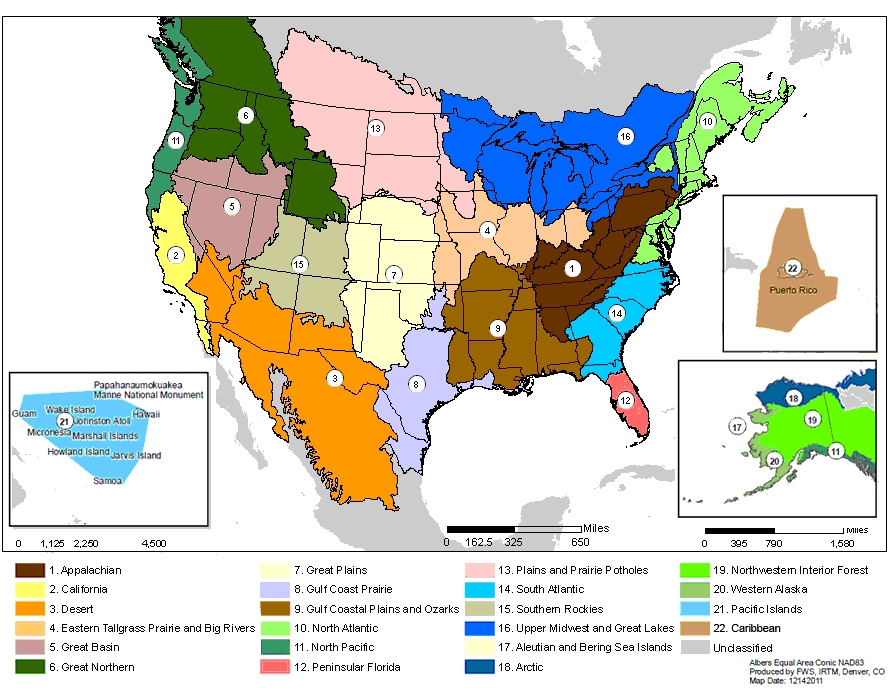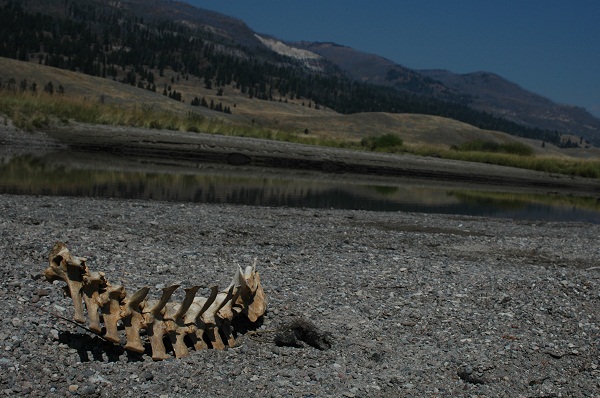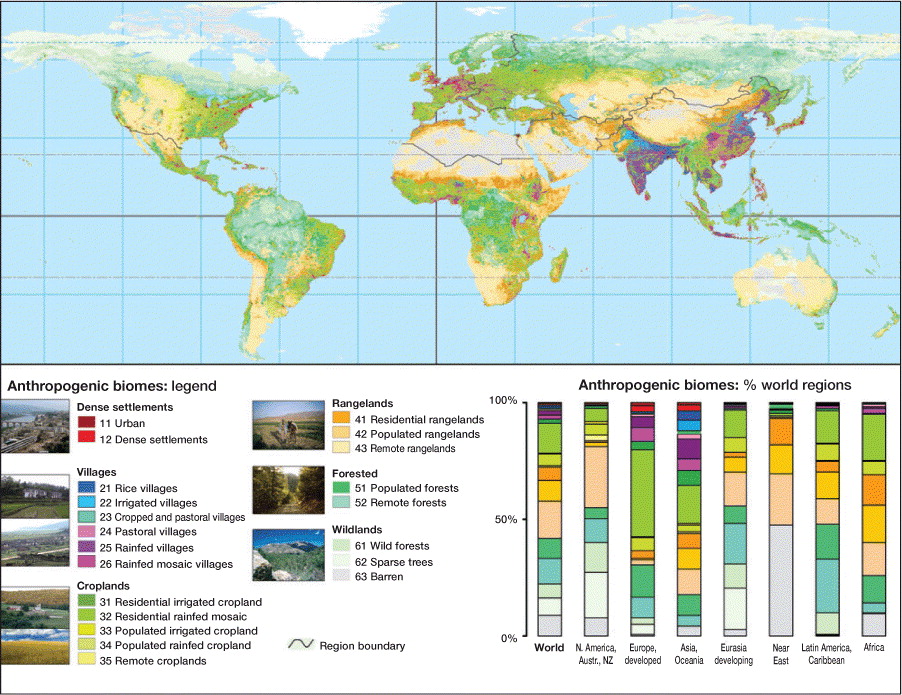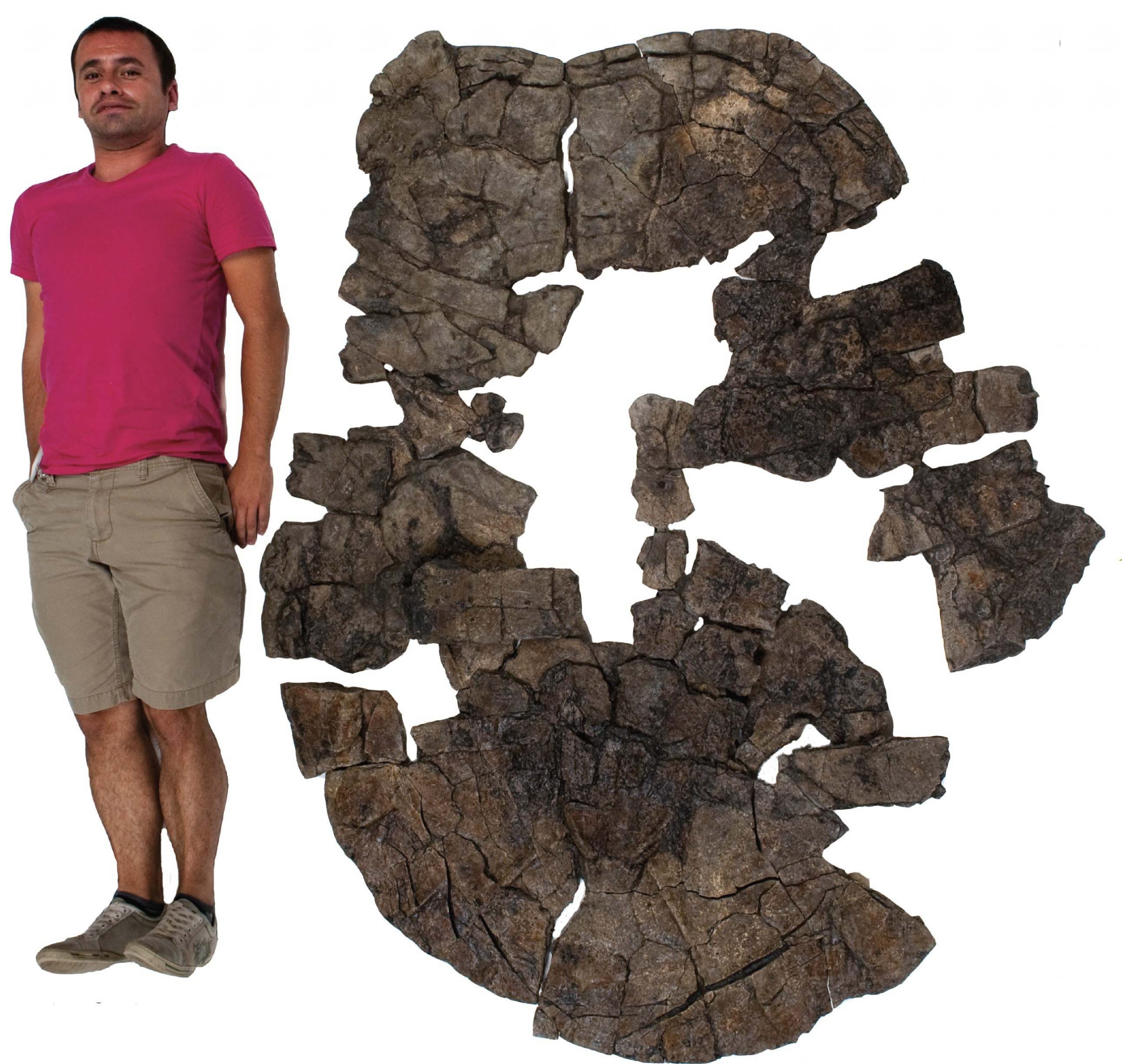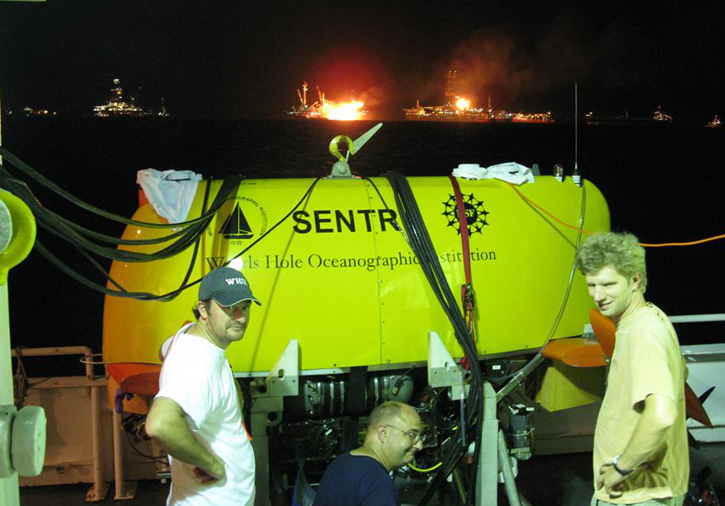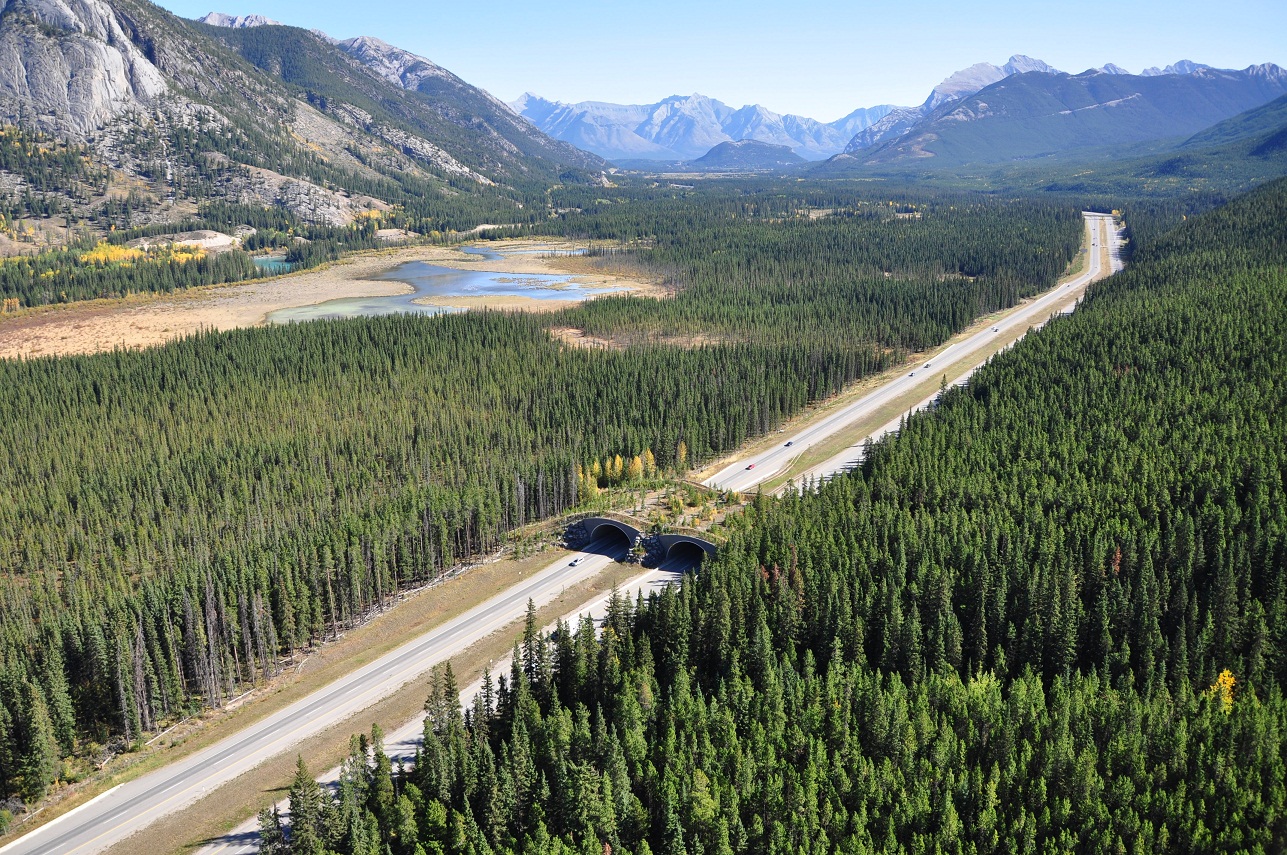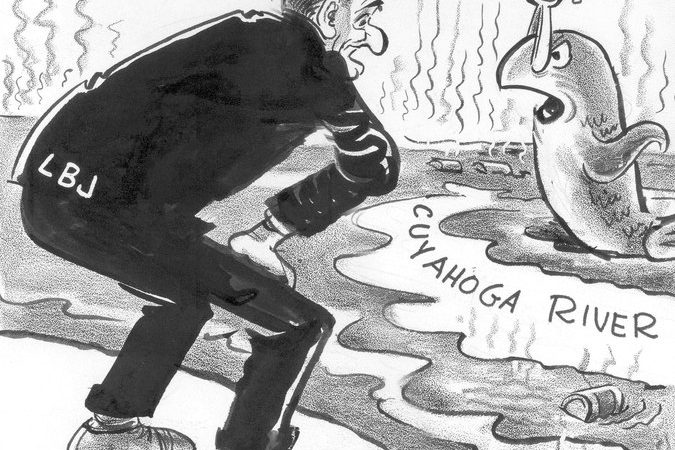A yellow perch in murky water
Big fish, little fish, hump-shaped foraging curves, and the landscape of fear. by Liza Lester, ESA communications officer IN LIFE, much depends on context. The benefits accruing from the pursuit of liberty, lunch, and other forms of happiness, are tempered by the presence of risk. This is as true for small fishes as for anyone. In Lake Erie, young yellow…
